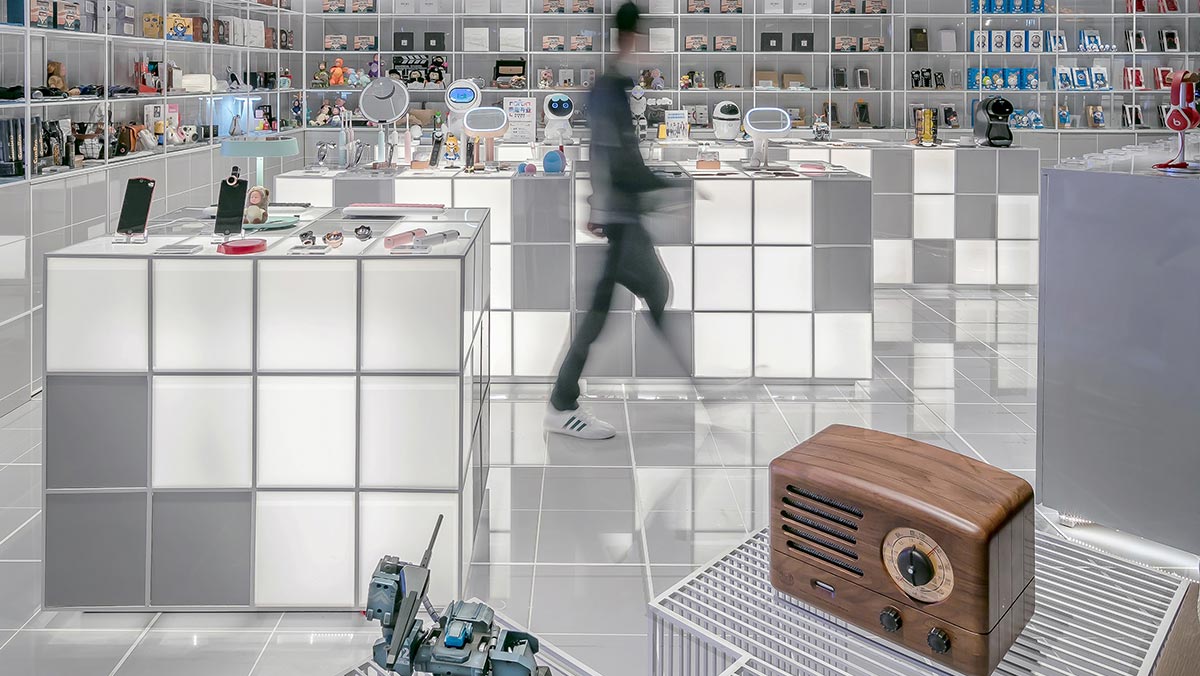
In an era when consumers are flooded with myriad brand messages every day, brand loyalty is a business owner’s greatest weapon. Consumers want brands that speak to their needs specifically and consistently. With the introduction of social media and improved e-commerce platforms, these savvy shoppers have more opportunities to compare brands and choose what best suits them than ever before.
Today’s business environment is a dynamic one, with new brands appearing and fading out on a near-daily basis against a backdrop of ceaseless consumer messaging and advertising. The sheer amount of information and possibilities to promote your brand can be overwhelming. But unless you are a thirteen-year-old marketing genius who lives on Twitter, you simply cannot catch every trend, and nor should you want to. Instead, marketers should use various strategies to identify where the market is most receptive to their products and magnify efforts in those areas.
So how do you make sure your brand message breaks through the noise and not only reaches your target demographic but also builds a loyal customer base for your product? In a word: focus.
A Focus on Brand Messaging Builds Loyalty
Before you can ask for loyalty from customers, you have to know exactly what it is you are offering them, and how you will consistently offer them that experience each time they choose your product or service. Apple is one of the most recognizable brands in the world, with a customer base that is extraordinarily loyal. Regardless of what it is — iPhone, iPad, Apple Music — Apple products are presented as a simple, sleek, modern approach to helping people connect. Apple customers know exactly what they are getting every time they enter an Apple store or purchase a product online, from the limited range of colors and screen sizes to the expected life cycle of the product. This consistency in product, brand messaging, and experience builds confidence in the brand and in the product.
What is your company excellent at delivering? Your branding should revolve around your unique selling propositions. Even as you expand your portfolio, the promotion of new products and services should incorporate messaging that falls under the umbrella of the overall brand message. When your customers know they can expect excellence in any area from your company, they will be more trusting of your offerings.
Focus Helps Define your Customer Base
Defining and redefining your target audience is pivotal to the success of any business. Market research is essential in collecting data on the profitability of your product line in order to determine how attractive your product is and to whom. This research is a continual process and, with a multitude of sales-tracking technologies to choose from, doesn’t have to break the budget.
Our website was the first worldwide to offer customers the ability to customize die-cut stickers and initially, we assumed our main customer base would be children and cartoon/anime enthusiasts. However, we soon saw an influx of B2B clients ordering our products. We followed up that observation with more structured market research and went on to shift our focus from B2C to B2B clientele as that was where our most viable and profitable customer base truly was.
Focus Uncovers What Your Customers Really Want
Your company needs to react to its customer base rather than hoping that your customer base will react to you. This means that, depending on the industry you are in, you may have to repeatedly reinvent your brand to keep the attention of your audience and extend your product life cycle.
In most industries, target demographics usually stay stable but audience behavior changes. Louis Vuitton has always targeted the affluent, aspirational market. In recent years they have refocused their brand strategy to include social media channels such as Instagram and Twitter, which previously would have been considered too commercial for luxury brands. In this generation, that’s where their younger audience communes. Consumer needs, desires, and perceptions are ever-changing, which is why it is imperative to continually measure customer preferences and engagement. Promoting a Britney Spears album today looks much different than it did in 2001. First, tangible albums are a thing of the past, and while Britney has largely the same customer base now as she had back then, her fans are now adults and have entirely new buying behaviors to consider.
The most and, arguably, only effective way to truly establish what customers want is to ask them. You can use online feedback surveys, customer service helplines and, if possible, ask them in-store what they like or dislike about their shopping experience and if there’s anything that can be improved.
Never be afraid to explore different ideas and methods to reach your audience in the ways that appeal to them. And, as with any successful relationship, once you find that perfect fit, keep honing in, listening to feedback, and making incremental alterations to keep your customers happy and loyal.
Image source: Xianjuan HU